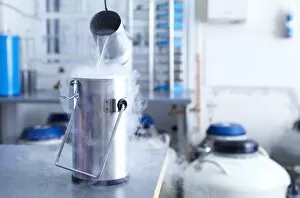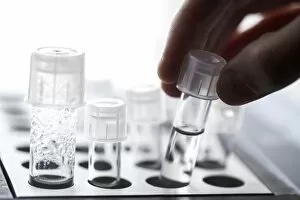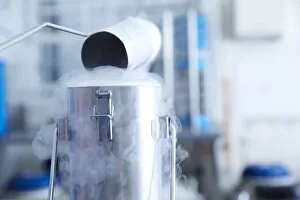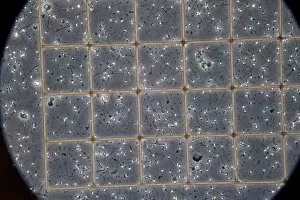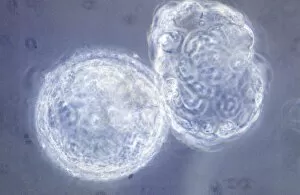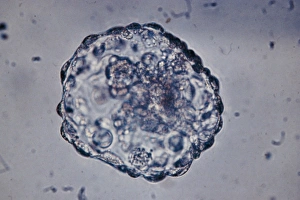In Vitro Fertilisation Collection
"In Vitro Fertilisation: A Revolutionary Breakthrough in Reproductive Science" In 1978, the world witnessed a groundbreaking moment as Louise Brown
All Professionally Made to Order for Quick Shipping
"In Vitro Fertilisation: A Revolutionary Breakthrough in Reproductive Science" In 1978, the world witnessed a groundbreaking moment as Louise Brown, the first baby born through in vitro fertilisation (IVF), entered this world. The proud parents of Louise, who had struggled with infertility for years, finally found hope and joy through this remarkable medical procedure. The news of Louise's birth spread like wildfire, captivating not only her parents but also their entire neighborhood. Neighbours rejoiced at the arrival of this "test tube baby, " an extraordinary term coined to describe the miracle that science had achieved. It was a celebration that echoed around the globe - a testament to human resilience and determination. Ole Schou, founder of a Danish sperm bank, played an instrumental role in making IVF accessible to couples facing fertility challenges. His pioneering efforts paved the way for countless families to experience the joy of parenthood. The process itself involved harvesting human eggs from hopeful mothers and combining them with carefully selected sperm samples under controlled laboratory conditions. These precious embryos were then cryogenically stored until they could be implanted into the mother's womb during an opportune time for conception. Artwork depicting IVF showcases its intricate nature - scientists delicately manipulating life on microscopic levels. Cryostorage facilities became essential in preserving these potential lives until they could fulfill their purpose. In vitro fertilisation revolutionized reproductive medicine by offering renewed hope to those struggling with infertility. It shattered barriers previously deemed insurmountable and opened doors for millions longing to experience the joys of parenthood. Today, thanks to advancements in IVF technology and continued research efforts worldwide, countless couples have been blessed with bundles of joy they once thought impossible. The legacy left by Louise Brown's birth continues to inspire future generations towards new frontiers in reproductive science – where dreams are transformed into reality one tiny embryo at a time.






